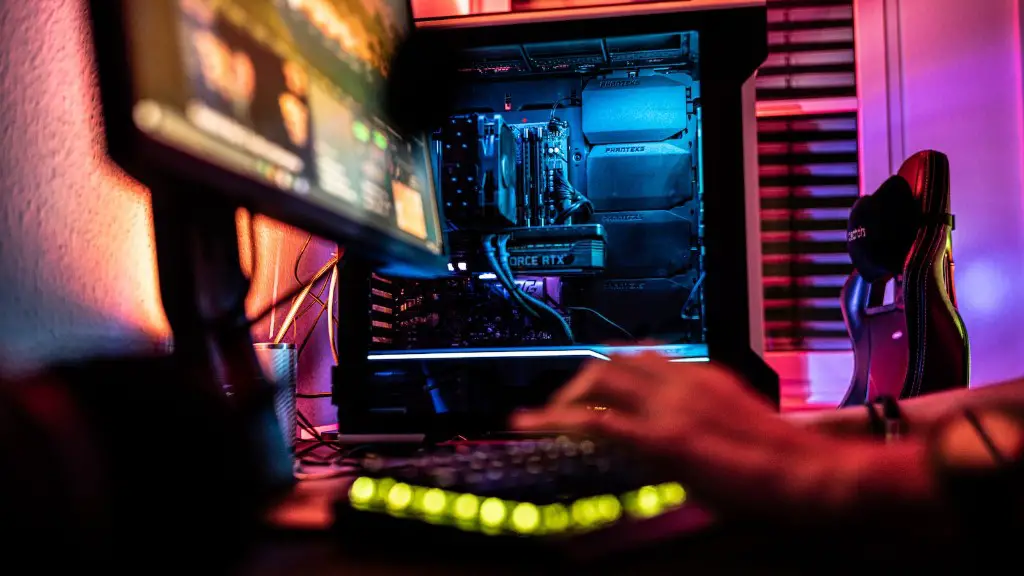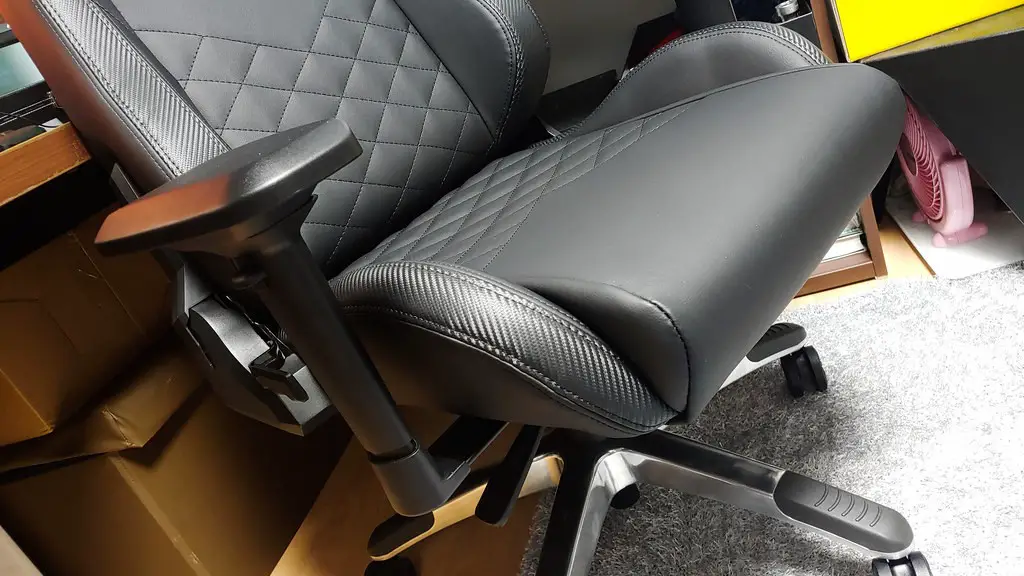For gamers, the question “Can you use a TV as a gaming monitor?” is a common one. It’s a natural thought—TVs provide large displays, and they can often support gaming consoles. So how viable are TVs as gaming monitors? Let’s take a closer look.
The short answer is yes: you can use a TV to play video games. However, there’re a few things to consider first. TVs and gaming monitors are different types of devices, and their features aren’t interchangeable. Let’s look at some of the differences.
First, TVs have a much slower response time than gaming monitors. A slower response time means that TVs have more “input lag,” which is the delay between when a button is pressed and when it appears on the screen. Input lag is especially a problem with action-packed games, and it can significantly affect the performance of an experienced gamer. TVs also don’t usually have the same viewing angles as gaming monitors. This means that the picture quality can suffer if you’re not viewing the screen directly. Finally, TVs usually have limited input options and may not support the latest games.
However, TVs still have their advantages. For example, they’re usually a much cheaper option than gaming monitors. They also provide a much larger screen size, which can be great if you’re playing on a console. TVs also come with a range of audio options, which can be great if you’re not planning on hooking your gaming system up to a dedicated soundbar or speaker system.
In the end, the decision to use a TV or a gaming monitor depends on your individual needs and preferences. If you’re looking for the best response times and viewing angles, then a gaming monitor is the way to go. However, if you’re using a console or you’re on a budget, then a larger TV may be the best choice.
Maximum Resolution
Another factor to consider when choosing between a TV and gaming monitor is the maximum resolution. Resolution is the number of pixels a display can show, and the higher the number, the more detailed the image on the screen. Gaming monitors usually offer the highest resolution, but newer TVs can also come close. While 1080p is common amongst gaming monitors, many TVs can support 4K. This can be helpful if you want a sharper image on the screen.
However, TVs can also suffer from screen “tearing,” which is when two images overlap due to a mismatch between the refresh rate of the signal and the refresh rate of the monitor. This issue is usually more common with TVs than gaming monitors, due to their slower response time. A good way to minimize this issue is to ensure that the refresh rate of the signal (e.g. from a console) is the same as the refresh rate of the TV.
High-end gaming monitors are built with gaming in mind and offer features like low response times, wide viewing angles, and high resolutions. However, these features can also come at a much higher price. For those on a budget or for those who don’t need all the bells and whistles, a TV can be a great alternative.
Contrast
Another factor to consider when choosing between a TV and gaming monitor is contrast. Contrast is the ratio between the darkest and lightest colors on a display, and it’s an important factor to getting a clear, sharp image. High-end gaming monitors usually have a higher contrast ratio than TVs, so they can produce sharper images. However, modern TVs are now available with high contrast ratios, so they can still be a good option.
It’s also important to note that not all TVs are made equal. Some lower-end models may have lower contrast ratios, so it’s important to check the specs before you make a purchase. For the best results, look for a TV with a high contrast ratio and adjustable settings for brightness, contrast, and other image-enhancing features.
In addition to contrast, it’s important to consider the color gamut of a display. The color gamut is the range of colors a display can produce, and it’s often measured using the sRGB or AdobeRGB color space. Again, high-end gaming monitors usually have a wider color gamut than TVs. This means that they can display more vibrant colors and produce more realistic images.
Connections
When you’re shopping for a gaming monitor or TV, make sure to check the available connections. Most gaming consoles nowadays can connect to TVs, but the types of connections will differ. Some TVs may have HDMI inputs, while gaming monitors may have DisplayPort or USB-C inputs. Make sure to check your system’s compatibility with the device to avoid any issues.
It’s also important to check if your TV or gaming monitor support HDR (high dynamic range). HDR is a new feature that can provide brighter and more vibrant colors, but not all devices support it. If you’re looking for the best image quality, then HDR is definitely a feature to keep an eye out for.
Finally, it’s also important to consider the refresh rate of the device. Refresh rate is the number of times per second that the image on the screen is updated, and a higher number usually means smoother gameplay. Gaming monitors usually have the highest refresh rates, but some TVs now come with refresh rates of up to 120Hz.
Final Thoughts
The question “Can you use a TV for gaming?” can have a complicated answer. There are many factors to consider, from response times to contrast ratios and refresh rates. For experienced gamers, a gaming monitor may be the way to go, but the decision ultimately depends on the user’s budget and gaming needs. However, if you do decide to go for a TV, make sure to check the specs carefully to ensure you get the best image quality.


